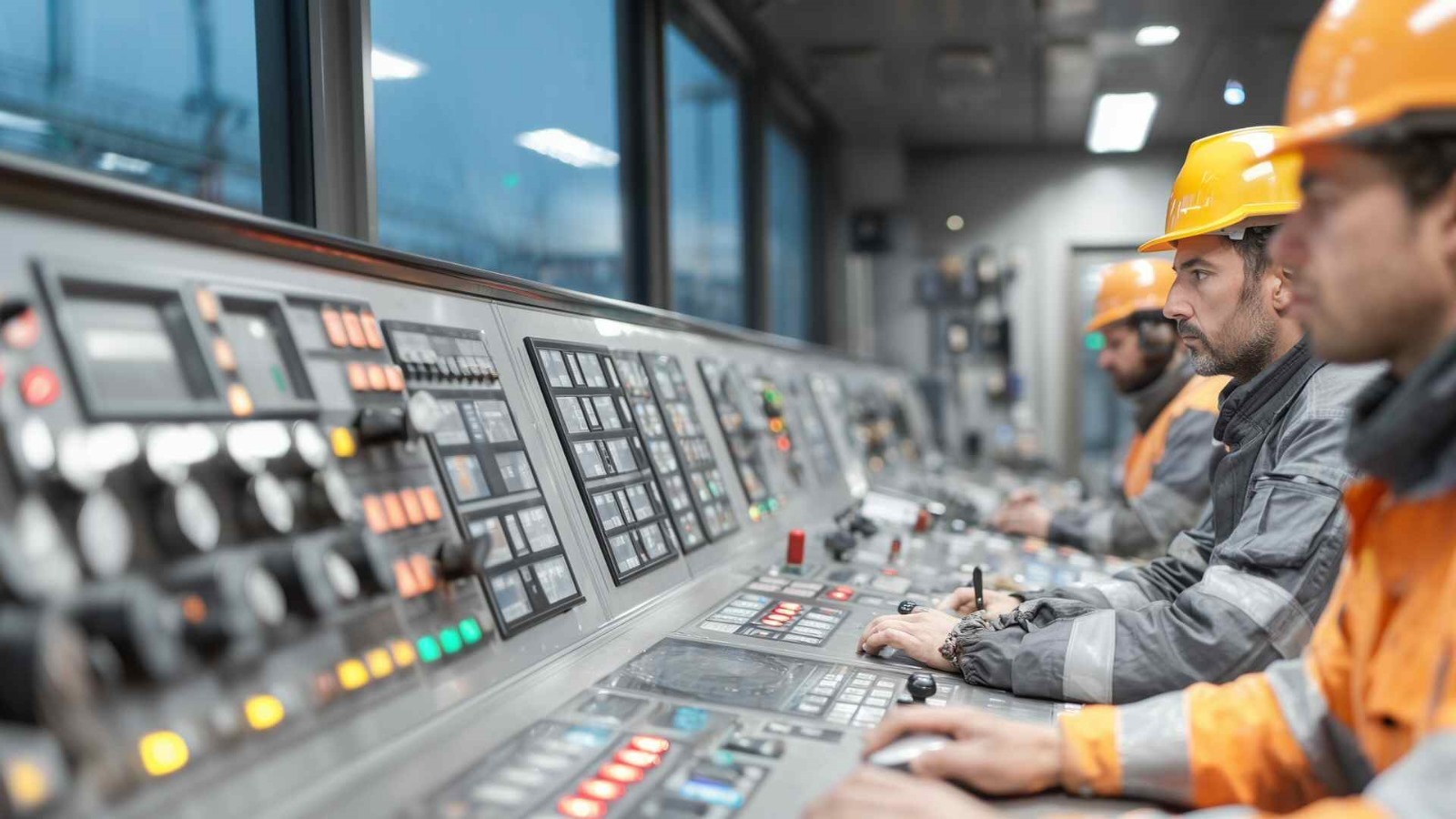
What makes an LED component truly cost-effective?
For technical buyers, innovation only matters if it leads to actual energy savings, long-term reliability, and real impact on operating costs. So what sets a truly innovative LED indicator apart from just a marketing claim?
Energy efficiency is just the beginning
When we talk about innovative LED solutions, most people think of energy savings. But there’s more. A next-generation LED is built to last, designed to fit your application, and easy to integrate into your finished product. That means less waste, fewer replacements, and lower maintenance.
Lifespan and stability: the real competitive edge
Affordable LEDs don’t mean low quality. It means choosing components that offer certified durability and low failure rates — even with a competitive unit cost.
AN INNOVATIVE LED LOWERS ENERGY USE, BUT MORE IMPORTANTLY, IT CUTS HIDDEN OPERATING COSTS.
LED and savings: where the real costs are hiding
The real cost of a LED often hides in the details: assembly time, mechanical compatibility, failure rates, and maintenance. If you want to save money, you have to look at the full lifecycle — not just the price per unit. That’s what makes the difference between a smart purchase and an expensive mistake.
The purchase price isn’t everything
A cheap LED that needs complex wiring or mechanical adjustments quickly turns into a hidden cost. True savings come from components that integrate seamlessly into your production process.
Standard LED vs. Optimized LED
| Parameter | standard LED | Optimized LED |
|
Unit cost |
Low |
Medium |
|
Assembly time |
High |
Low |
|
Rejection rate |
High |
Low |
|
Average lifespan |
10,000 hours |
>50,000 hours |
|
Total cost of ownership |
High |
Optimized |
When a custom LED is the smartest move
Tight spaces, special voltages, custom mounts - in these cases, a custom LED isn’t a luxury. It’s a necessity. It helps eliminate hidden costs, avoid complex adaptations and boost production efficiency.
A CUSTOM LED ELIMINATES HIDDEN COSTS AND SIMPLIFIES INTEGRATION.
How to really assess LED costs
Looking only at the unit price is a common mistake. A cheap LED might seem like a bargain, but it becomes expensive over time if you don’t factor in all the elements that impact the real cost. What you need is a full picture of Total Cost of Ownership (TCO).
Beyond the price tag: what to consider
to make the right choice, assess:
- Lifecycle cost: include installation, maintenance, and replacements.
- Ease of wiring: a difficult-to-wire LED wastes time and money.
- Mechanical fit: poor fit means extra cost for adapters or redesigns.
- Long-term availability: changing supplier or redesigning due to shortages is costly.
- Reliability under harsh conditions: high temperature, humidity or vibration require guaranteed quality.
Energy-saving LEDs: what data to check
Don’t just trust specs or sales promises. A low-power LED needs to prove itself in real-world applications, not just in the lab.
The three key metrics to verify:
- Luminous efficiency (lumens/Watt): tells you how much light you get per Watt.
- Real supply voltage: make sure the LED performs correctly in your system.
- Resistance to heat and vibration: if it can’t handle your conditions, it leads to failures and downtime.
REAL SAVINGS COME FROM TOTAL COST OF OWNERSHIP,
NOT THE PRICE ON THE INVOICE.
How to find high-performing, cost-effective LEDs
The real challenge for buyers? Finding the perfect balance. Too often, trying to cut costs leads to painful trade-offs. Here’s what to avoid:
- Long lead times
- Inconsistent quality
- Mechanical incompatibility
- Hidden quality costs
Looking for pre-optimizede LED solution?
FAQ
What are the cheapest LEDs for industrial use?
The best value LEDs are the ones with the lowest cost over time — not the lowest price per piece.
How can I tell if a LED is truly energy efficient?
Check luminous efficiency (lumens/Watt) and compare actual performance, not just the datasheet.
What’s the average lifespan of a budget LED?
A good quality low-cost LED should last at least 30,000 hours. Be cautious of ultra-cheap models with shorter lifespans.
Are affordable LEDs reliable?
They can be — if you choose carefully. Check certifications, lifespan tests and recommended use conditions.
Standard or custom LED: which saves more?
It depends. If your setup requires lots of adaptation, a custom LED often saves more on assembly and production efficiency.
Where can I buy innovative LED indicators for industrial use?
Go with suppliers specialized in industrial LED components — ideally those who offer custom design support.
Bonus tips
Want the best in sustainability and LED savings? Keep these in mind:
- Choose LEDs with quick-connect terminals to cut down assembly time..
- Work with suppliers that keep safety stock to avoid production delays.
- Track changes in energy regulations to stay ahead of compliance.
- Go for modular LED solutions to simplify repairs and reduce lifecycle costs.
CHOOSING INNOVATIVE, SUSTAINABLE LEDS ISN’T JUST ABOUT PRICE , IT’S A REAL STRATEGY TO SAVE MONEY AND GUARANTEE QUALITY.
Choosing innovative and affordable LEDs means taking a closer look at every hidden cost across the product lifecycle. Only with optimized, sustainable LED components can you achieve real savings without giving up quality. Investing in the right LEDs today means staying competitive tomorrow.
Advanced LED supply?


